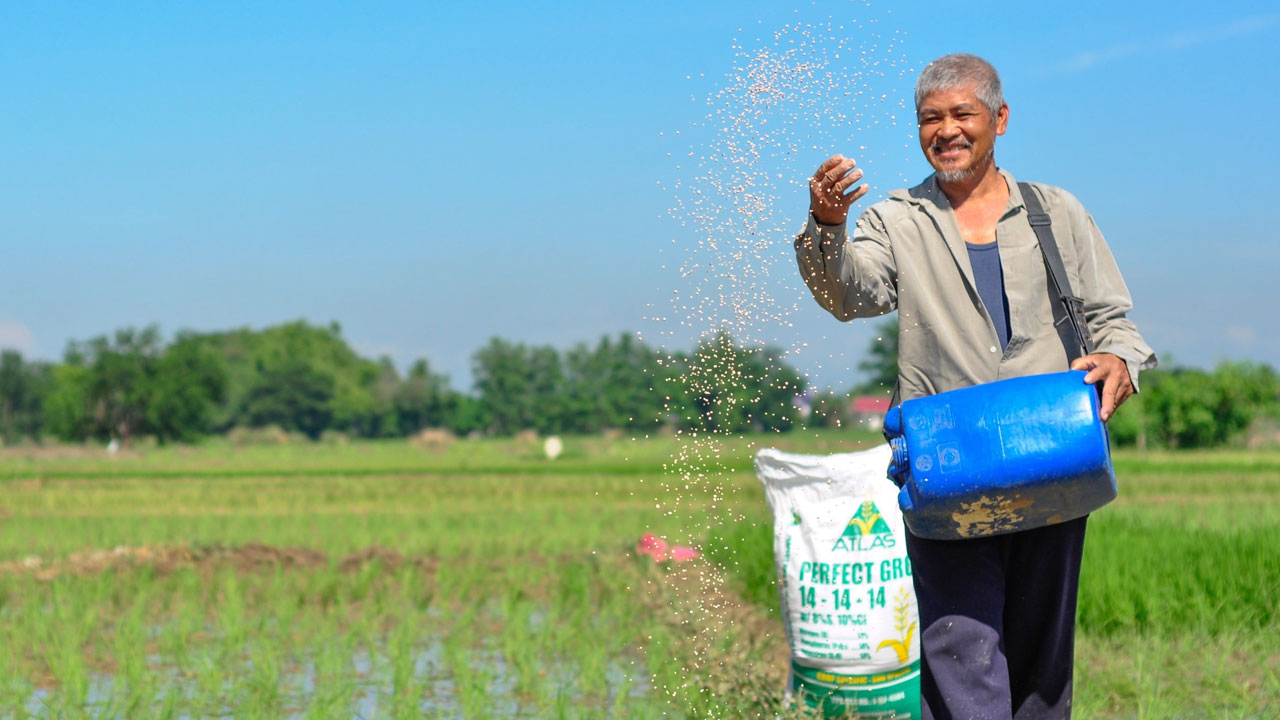Seed, fertilizer procurement to be digitalized

THE Department of Agriculture (DA) said it will digitalize the procurement and distribution of agricultural inputs to beneficiaries.
Digitalization is expected to cut down on the estimated three months it takes for the current process to get inputs into the hands of farmers, it said.
“The procurement and distribution of seed and fertilizers used to take 90 days to complete, but with the digitalization of the system, clustered farmers would now have nearly real-time payouts through cashless transactions,” it added.
The DA said it will carry out pilot programs via 15 of its regional field offices (RFOs).
Farmers are to be issued Intervention Monitoring Cards (IMC) to purchase farming inputs from merchants in their areas.
“The IMC cards function just like an ATM or e-wallet, where money can be issued for every transaction,” DA Undersecretary Leocadio S. Sebastian said.
Beneficiaries will also be able to choose their own fertilizer and seed, bypassing the traditional bulk procurement by DA field offices.
“This drastically departs from previous practice where farmers just had to accept whatever the DA RFOs supplied them, which some of them do not find useful for their farms,” Mr. Sebastian said.
It added that the process of acquiring and distributing agricultural supplies in bulk will now involve more micro-, small- and medium-sized enterprises that deal in these goods.
“Aside from being inclusive, this digital process empowers farmers to choose their own stocks of inputs and the merchants that offer them the best quality of goods at the best price,” he added.
The DA said merchants can go to the Development Bank of the Philippines or the Universal Storefront Services Corp. to receive cash payments corresponding to farmer purchases.
It added that the digitalization exercise is a strategy being pursued under the Masagana Rice Industry Development Program.
The program is aimed at stabilizing the supply of rice at between 24.99 million metric tons (MT) and 26.86 million MT, in the process keeping the annual growth of rice prices at less than 1%, it said. — Adrian H. Halili



